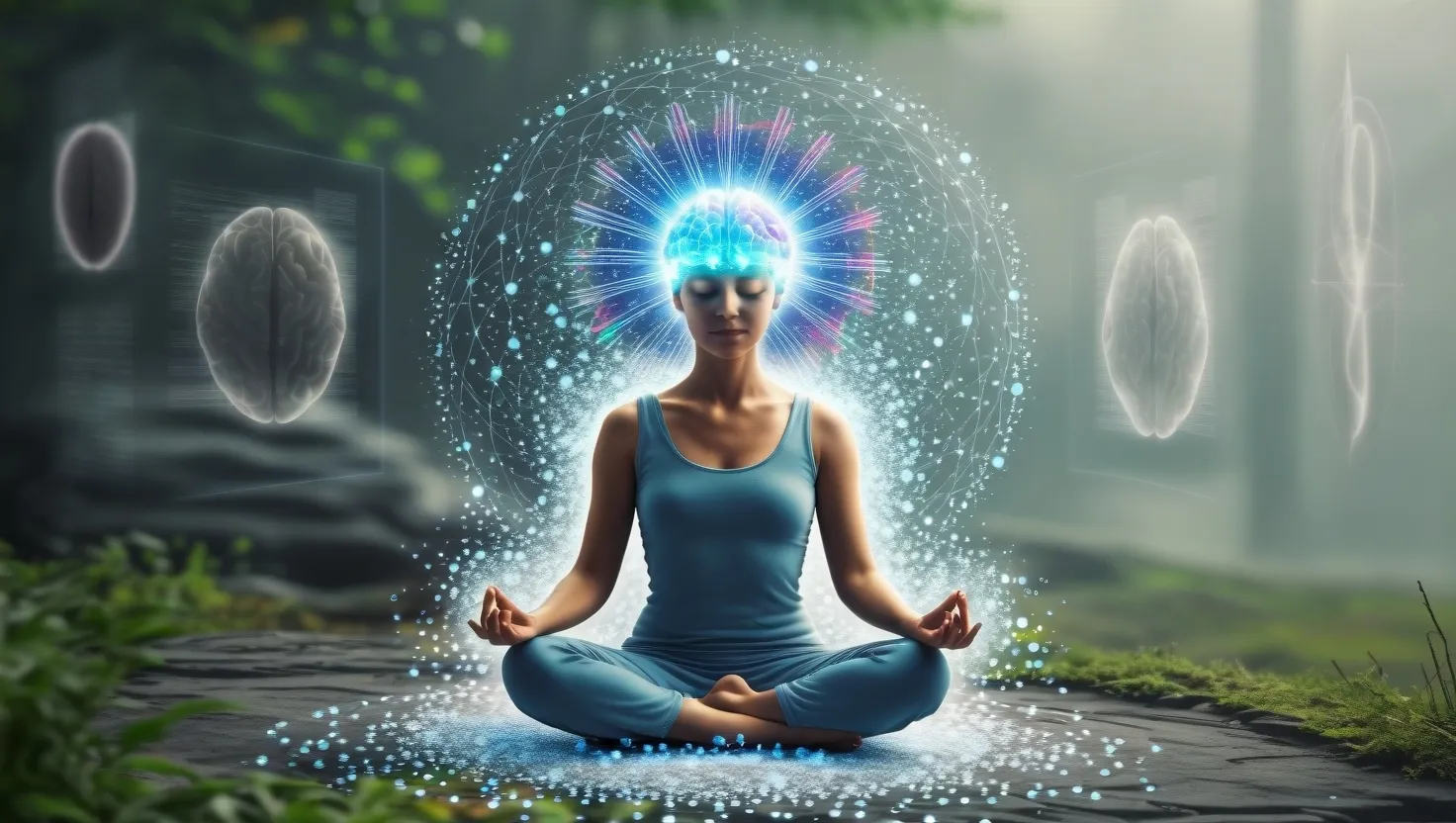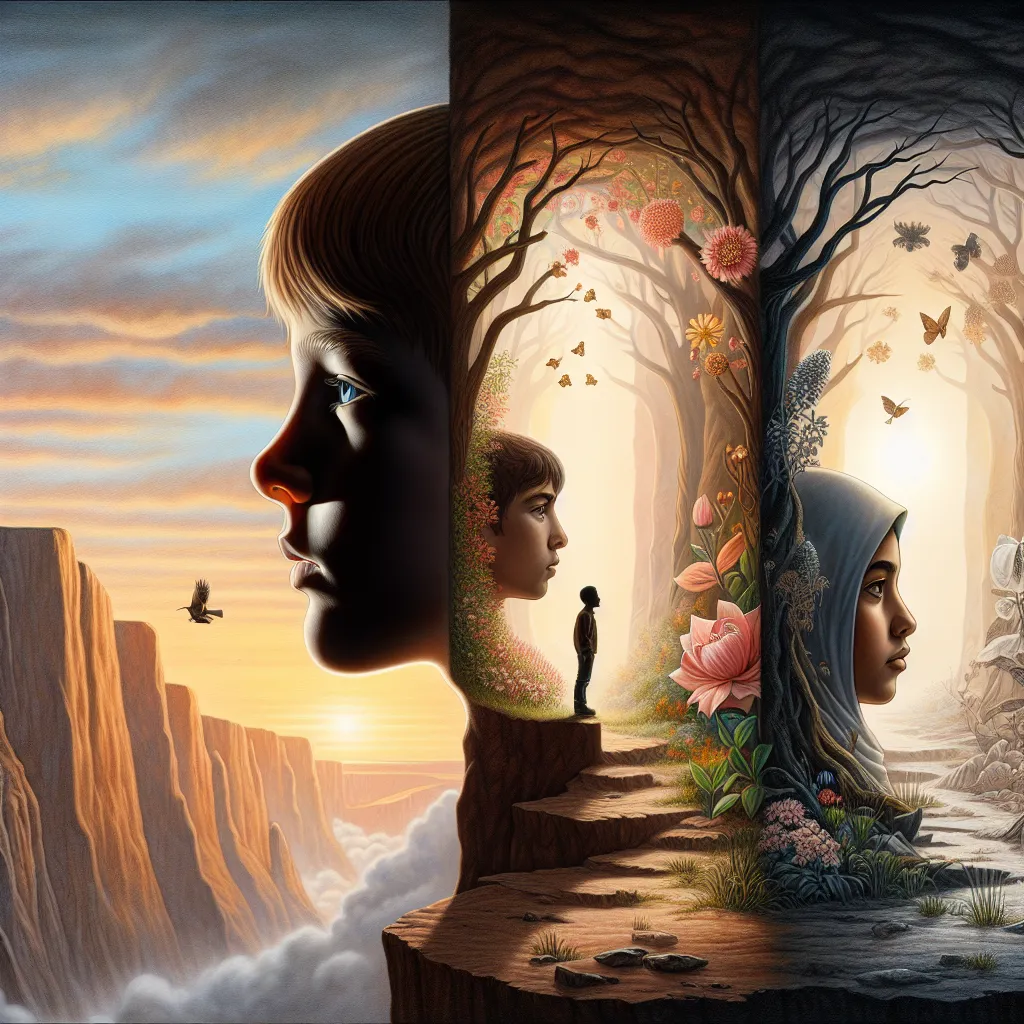Imagine a universe where the intricate patterns seen in the cosmos are mirrored in the very fabric of our consciousness. This idea, though seemingly fantastical, is at the heart of a fascinating theory that suggests our minds might be reflecting the fractal nature of the universe. Let’s delve into this mind-bending concept and explore whether our thoughts could indeed be dancing to a cosmic rhythm.
The Fractal Universe
Fractals are mathematical sets that exhibit self-similarity, meaning they appear the same at different scales. From the spiral arms of galaxies to the branching of trees and the flow of rivers, fractals are ubiquitous in nature. These patterns are not just visually striking; they also represent a fundamental aspect of how the universe is structured. The question is, could this fractal structure be reflected in our brains and, by extension, our consciousness?
Microtubules and Quantum Processes
One of the key theories in this area is the Penrose-Hameroff theory of quantum consciousness. This theory, proposed by physicist Roger Penrose and anaesthesiologist Stuart Hameroff, suggests that microtubules within neurons are structured in fractal patterns. These microtubules, which are part of the cell’s cytoskeleton, are not just passive structures; they are dynamic and could host quantum processes.
According to this theory, the fractal pattern of microtubules allows for quantum phenomena such as superposition and entanglement to occur within the brain. This means that, at a quantum level, particles within these microtubules could exist in multiple states simultaneously and be connected in ways that transcend classical physics. This could be the basis for the complex, integrated information that we experience as consciousness.
Quantum Fractals in the Lab
Recent experiments have taken us closer to understanding how quantum fractals might behave. Researchers have created artificial fractal structures in the lab and observed how quantum particles move within these structures. For instance, by injecting photons into a tiny Sierpiński triangle, scientists have watched how these particles spread throughout the fractal, revealing that quantum fractals behave differently from their classical counterparts.
These experiments, while not directly measuring brain activity, provide a crucial foundation for testing the theory of quantum consciousness. If we can observe quantum fractals in the lab, it opens the possibility that similar processes could be occurring in the brain, potentially explaining the mysterious complexity of human consciousness.
The Hard Problem of Consciousness
The hard problem of consciousness, a term coined by philosopher David Chalmers, refers to the challenge of explaining why we have subjective experiences at all. Why do we experience the world in the way that we do, rather than just processing information in a more mechanical or computational manner? The quantum fractal theory offers a unique perspective on this problem.
By suggesting that consciousness arises from quantum processes within fractal structures, this theory provides a potential explanation for the subjective nature of our experiences. It implies that our consciousness is not just a product of classical computation but is rooted in the fundamental laws of quantum mechanics.
Intuition, Creativity, and Spiritual Experiences
One of the most intriguing aspects of this theory is its potential to explain phenomena like intuition, creativity, and even spiritual experiences. If our minds are indeed reflecting the fractal nature of the universe, it could mean that we have access to a deeper, more interconnected level of reality.
Intuition, for example, might be seen as a form of quantum entanglement where our minds are connected to a broader field of information, allowing us to make leaps of insight that transcend logical reasoning. Creativity could be the result of quantum superposition, where multiple ideas exist simultaneously, waiting to be collapsed into a new innovation.
Spiritual experiences, often described as feelings of unity and interconnectedness with the universe, might also find an explanation in this theory. If our consciousness is part of a larger fractal pattern, it could mean that we are not isolated individuals but are instead connected to a cosmic web of consciousness.
Tapping into Hidden Potentials
The idea that our minds reflect cosmic patterns raises the question of whether we can tap into these patterns to unlock hidden potentials. If our thoughts are secretly dancing to a cosmic rhythm, could we learn to tune into this rhythm more consciously?
Meditation and mindfulness practices, for instance, often involve focusing on patterns and rhythms within the body and mind. These practices might be seen as a way of aligning our internal fractals with the external fractals of the universe, potentially leading to greater clarity, creativity, and even spiritual insight.
The Cosmic Puzzle
As we explore this theory, we are faced with a cosmic puzzle that challenges our understanding of reality and consciousness. Are we walking embodiments of the cosmos, or are we just seeing patterns where none exist?
The answer lies in the intersection of quantum mechanics, fractal geometry, and the human experience. While the theory of quantum fractal consciousness is still speculative, it offers a compelling narrative that could unify our understanding of the universe and our place within it.
The Future of Research
The journey to understand whether our minds reflect cosmic patterns is just beginning. Future research will likely involve more sophisticated experiments to measure quantum processes in the brain and to compare these with the behavior of quantum fractals in the lab.
Technological advancements, such as more precise imaging techniques and quantum sensors, could allow us to observe the brain’s activity at a quantum level. This could provide the definitive evidence needed to confirm or refute the theory of quantum fractal consciousness.
Conclusion
The idea that our consciousness might be a fractal reflection of the universe is both captivating and challenging. It invites us to reconsider the nature of reality and our place within it. As we continue to explore this theory, we may find that our thoughts are indeed part of a larger cosmic pattern, one that underlies all of existence.
Whether this theory ultimately proves correct or not, it has already opened up new avenues of research and new ways of thinking about the most profound mystery of all: the human mind. As we delve deeper into this cosmic puzzle, we may discover that the secrets of the universe are hidden in plain sight, reflected in the intricate patterns of our own consciousness.






